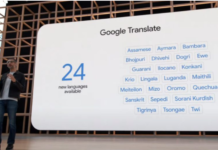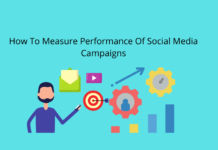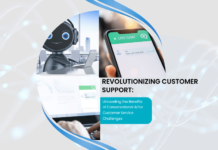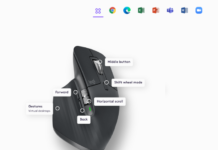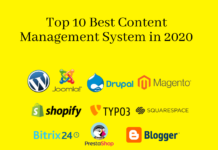7-step proven strategic approach to boost Return on Ad-spends (ROAS)
ROAS – Return on Ad-spends – “Day trading attention” is the core concept which drives marketer’s efforts into the right direction whether you’re dealing with B2B, or B2C or SaaS products. Media strategies often fail or succeed based on how well the channel-specific details have been planned out and accounted for, making these details something we care deeply about.
Here are the 7 steps to boost ROAS – Return on Ad-spends.
- Start by looking within: Look at your best customers. Analyze the feedback that they give as to which content brought them to you, and then focus your new acquisition campaign on that content.
- Focus on specific keywords: Analyze search queries available in Google AdWords interface and results to see what specific keywords or phrases are uniquely relevant to your business domain. Too often, companies allow vagaries to limit the effectiveness of their search words or terms.
- What makes your ad “clickable”: The “clickability” of the ad depends largely on the relevance of the keyword it’s built upon. Connecting keyword relevance to click conversions allows you to enhance ad’s effectiveness and that could be done by putting a persuasive offering on right time at right place. In a mobile-first world, marketers have the opportunity to be highly relevant by considering a consumer’s intent, context, and immediacy. Discover the latest mobile trends, research, and insights to hone your mobile advertising strategy and meet your audience in all their moments of need.
- Eliminate strays: While many focus all of their attention on creating new content, the advertiser should also not forget the potential of that which they already have. Examine paid ad for language can be misleading and produce unwanted or unproductive clicks, and then eliminate it. Context is analyzing your right remarketing list, and then put your budget on them and by doing such practices, you could successfully be turned your one time transaction into multiple transactions.
- Look at what you’re offering: Are you losing customers because you offer too much online, thus giving them no incentive to convert from casual observers to paying customers? Remember to give them what they want initially, yet leave them wanting more. Moreover, we can’t deny the fact that PEOPLE ARE RUNNING TOWARDS GOOGLE FOR ANY MOMENTATRILY RESOLUTION. Do focus on how your product or services can add value to your potential audience needs and for this looking every visitation as an opportunity.
- Look at what you can pay, not what you’re willing to pay: Review the historical PPC conversion data from other companies within your industry, or your own if you’ve already engaged in PPC advertising. Do you notice a steady conversion rate? Comparing the difference, if any, between your goal customer acquisition cost (CAC) and the actual conversion rate gives you a baseline figure at which you should pay in order to make ensure your PPC campaign’s profitability. The best metrics which every marketer prefer is ROAS (return on ad-spend) and this can be calculated by using formula conversion value/cost.
- Optimize: While focusing on a baseline of profitability keeps your head above water, you don’t want to end up simply treading it over the long-term. Look for every opportunity to improve your conversion rates compared to your CAC. Things can be better optimized by learning the macro-moments and intent of consumer’s towards your products or services. To capitalize on that behavior and win over consumers, you’ve had to double down on addressing the needs of consumers in the moment, committing to being there and being useful each and every time you can help advance the journey.








